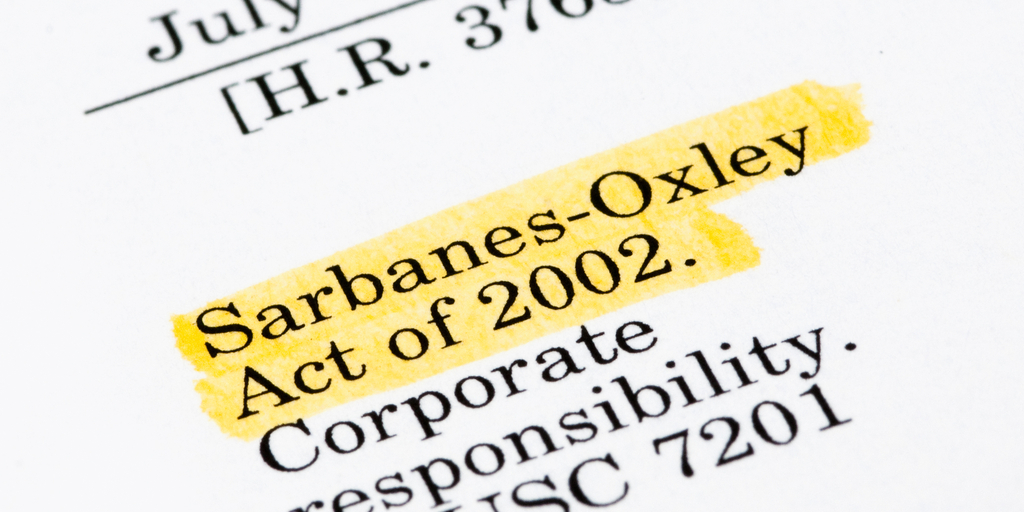The Mistake of Free Enterprise Fund v. PCAOB
In my last post, I discussed the great importance of the Free Enterprise Fund decision for a strict separation of powers approach to the Constitution. Among other things, the Supreme Court opinion held a removal provision unconstitutional for violating the Executive Power Vesting Clause – the first time since prior to the New Deal. (For background on the case, see the post.)
Despite its virtues, the Free Enterprise Fund decision was problematic. The Court assumed, because both parties had accepted it, that the SEC was an independent agency (whose commissioners could only be removed for cause). But that was not true. The statute creating the SEC had not stated that the Commissioners could only be removed for cause, which very strongly suggested that they were removable at the pleasure of the President. Moreover, when the SEC was created in 1934, Supreme Court precedent in Myers v. United States indicated that the commissioners had to be removable by the President. It was only a year later that the Supreme Court held in Humphrey’s Executor v. United States that such commissioners could be made removable for cause. Thus, the text and context of the law strongly indicated the commissioners serve at the pleasure of the President.
In Free Enterprise Fund, the Court should have held that the SEC’s members served at the pleasure of the President. That would have been a big deal, as it would have made clear an agency that many had wrongly assumed to be an independent agency was by law an executive branch agency. It would have both served correct statutory interpretation and cut back a little on independent agencies (which are constitutionally problematic).
If the Court had reached that conclusion about the SEC, how then would it have decided the case? First, the PCAOB for cause removal provision would not have violated the double for cause removal provisions since the SEC would not have been removable for cause. But the Court could still have announced that a double for cause provision was unconstitutional, while approving the PCAOB. (For example, the Court could have stated in response to the argument that the SEC was an independent agency, that if the SEC was independent, then the PCAOB would unconstitutionally employ double for cause removal.)
While the removal provisions of the PCAOB would have been constitutional, the appointment of the PCAOB commissioners would be unconstitutional. The PCAOB members would then be removable only for cause and therefore would be superior officers, who cannot be appointed by the SEC (as a head of a department). Thus, the Supreme Court would have had to hold the for-cause removal provision of the PCAOB members unconstitutional to render the PCAOB members inferior officers.
The bottom line is that this alternative route for the Supreme Court’s decision could have done pretty much all it did in the actual Free Enterprise Fund case, but it could have also properly rendered the SEC a non-independent agency subject to presidential control. Unfortunately, the Court probably believed it would have been too radical a move to hold the SEC a non-independent agency.


